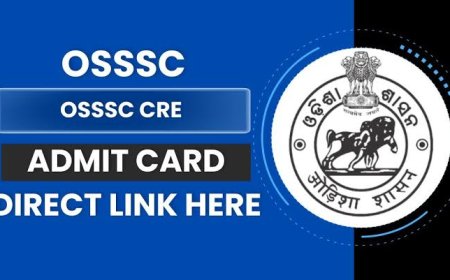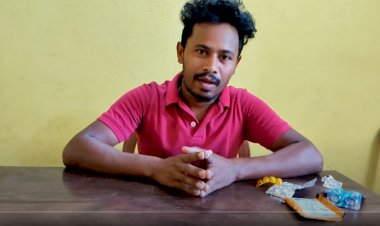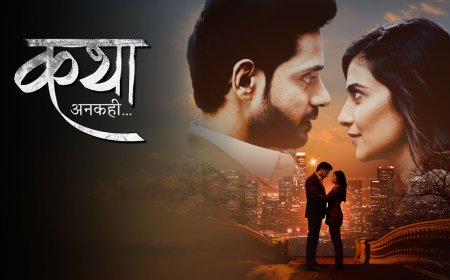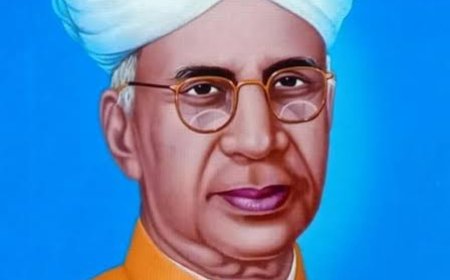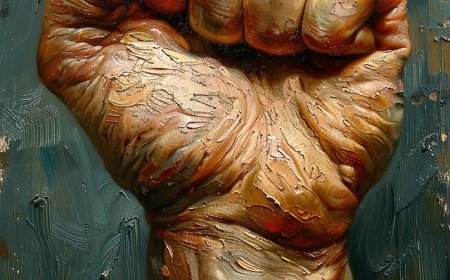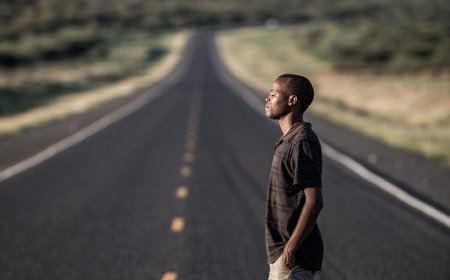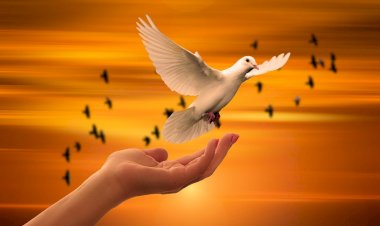Rath Yatra : The Grand Chariot Festival Of Puri, Odisha
Rath Yatra : The Grand Chariot Festival Of Puri, Odisha
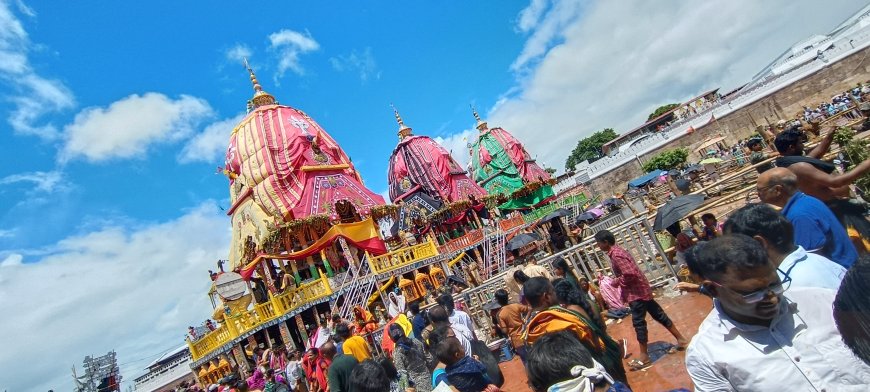
### Rath Yatra: The Grand Chariot Festival of Puri, Odisha
**Introduction**
Rath Yatra, also known as the Chariot Festival, is one of the most significant Hindu festivals celebrated in India, particularly in the coastal town of Puri in Odisha. This annual event, which typically falls in June or July, attracts millions of devotees and tourists from around the globe. The festival is dedicated to Lord Jagannath, an incarnation of Lord Vishnu, and his siblings, Balabhadra and Subhadra. The grandeur and spiritual significance of Rath Yatra make it a unique and revered celebration in Hinduism.
**Historical Background**
The origins of Rath Yatra are deeply rooted in Hindu mythology and the history of the Jagannath Temple in Puri. The temple, one of the Char Dham pilgrimage sites, was constructed in the 12th century by King Anantavarman Chodaganga Deva of the Eastern Ganga dynasty. The festival itself, however, is believed to have been celebrated since time immemorial, with references found in ancient scriptures like the Skanda Purana, Brahma Purana, and Padma Purana.
The term "Jagannath" means "Lord of the Universe," and the deities worshipped in the temple are unique in their wooden forms, unlike the typical stone idols found in other temples. The deities are ceremoniously replaced every twelve to nineteen years in a ritual known as Navakalevara, a practice that underscores the living nature of the divine figures.
**The Deities and Their Significance**
The central figures of Rath Yatra are the three deities: Lord Jagannath, his elder brother Balabhadra, and their sister Subhadra. Lord Jagannath is considered a form of Krishna, an avatar of Vishnu, while Balabhadra is associated with Balarama, Krishna’s elder brother. Subhadra, the sister, is venerated as a divine mother figure.
Each of these deities has a specific significance and is associated with various myths and legends. Lord Jagannath represents the protector of the universe, Balabhadra symbolizes strength and fertility, and Subhadra embodies compassion and mercy. Together, they form a divine trio that is worshipped with great fervor.
**Preparations for Rath Yatra**
Preparations for Rath Yatra begin well in advance. The construction of the chariots, which are central to the festival, starts on the auspicious day of Akshaya Tritiya. Skilled artisans and carpenters, following age-old traditions and techniques, meticulously build the three massive chariots, each dedicated to one of the deities.
The chariots are made of specific types of wood, primarily from the phassi and dhaura trees, which are brought from forests around Puri. The process involves intricate craftsmanship, with detailed carvings and decorations adorning the structures. Each chariot is distinct in design, height, and color, symbolizing the unique attributes of the deity it carries.
**The Chariots: Nandighosa, Taladhwaja, and Darpadalana**
The chariots are named Nandighosa, Taladhwaja, and Darpadalana, representing Lord Jagannath, Balabhadra, and Subhadra, respectively.
1. **Nandighosa**: The chariot of Lord Jagannath is the tallest and grandest, standing at about 45 feet high and featuring 16 wheels. It is decorated in red and yellow colors, signifying purity and sanctity.
2. **Taladhwaja**: The chariot of Balabhadra is slightly smaller, standing at around 44 feet, with 14 wheels. It is adorned in green and red colors, symbolizing fertility and strength.
3. **Darpadalana**: The chariot of Subhadra is the smallest, about 43 feet high, with 12 wheels. It is decorated in black and red, representing the compassion and protection offered by the goddess.
**The Rituals and the Journey**
The festival begins with the ceremonial bathing of the deities, known as Snana Purnima, which takes place about two weeks before the main event. After this, the deities are believed to fall ill and remain in seclusion for a period called Anavasara. During this time, they are not visible to the public.
On the day of Rath Yatra, the deities are brought out from the temple in a grand procession called Pahandi. Amidst the chanting of hymns, blowing of conch shells, and beating of drums, the idols are carried to their respective chariots. The Gajapati King of Puri performs the Chhera Pahanra ritual, where he sweeps the chariots with a golden broom, signifying the king’s humility and service to the deities.
The chariots are then pulled by thousands of devotees along the Bada Danda, the grand avenue of Puri, to the Gundicha Temple, located about 3 kilometers away. This journey is a reenactment of the deities' visit to their birthplace, the Gundicha Temple, and it takes several hours to complete. The pulling of the chariots is considered a sacred act, believed to bring immense spiritual merit to the participants.
The deities remain at the Gundicha Temple for seven days, during which various rituals and festivities take place. This period is known as the Gundicha Ratha Yatra. On the ninth day, the deities embark on their return journey to the Jagannath Temple, known as Bahuda Yatra. An interesting event during the return journey is the halt at the Mausi Maa Temple, where the deities are offered poda pitha, a special type of pancake believed to be their favorite.
**Significance and Symbolism**
Rath Yatra holds deep symbolic meanings and reflects various philosophical concepts of Hinduism. The journey of the deities on the chariots symbolizes the procession of life, the movement of the soul through the cycle of birth and rebirth. The act of pulling the chariots represents the devotees' efforts to bring the divine closer to their lives, emphasizing the importance of devotion and surrender to the divine will.
The festival also highlights the concept of inclusivity and equality. People from all walks of life, irrespective of caste, creed, or gender, participate in the event, underscoring the universal nature of divinity and the idea that God is accessible to all.
**Cultural and Social Impact**
Rath Yatra is not just a religious festival but also a cultural extravaganza that showcases the rich heritage and traditions of Odisha. The event features music, dance, and various forms of art, reflecting the vibrant culture of the region. Traditional Odissi dance performances, folk music, and street plays are common sights during the festival, adding to its festive spirit.
Economically, the festival boosts the local economy, as it attracts a large number of tourists, both domestic and international. The influx of visitors creates opportunities for local businesses, including hotels, restaurants, and handicraft vendors, providing them with substantial revenue.
**Challenges and Management**
Managing an event of such magnitude poses several challenges. Ensuring the safety and security of millions of participants is a primary concern. The administration takes extensive measures, including deploying a large number of police personnel, setting up surveillance systems, and providing medical facilities to handle emergencies.
Environmental concerns are also addressed, with efforts made to minimize waste and maintain cleanliness. The use of biodegradable materials, proper waste disposal, and awareness campaigns about environmental conservation are some of the steps taken to make the festival eco-friendly.
**Conclusion**
Rath Yatra is a festival that encapsulates the essence of devotion, tradition, and community spirit. It is a time when the divine descends to mingle with the devotees, and the entire town of Puri transforms into a hub of spiritual and cultural activities. The festival's grandeur, coupled with its profound religious significance, makes it a truly unique and cherished event in the Hindu calendar.
======(========(==========(========(========
Through its rich rituals, vibrant festivities, and the sheer scale of participation, Rath Yatra stands as a testament to the enduring faith and devotion of millions of people. It serves as a reminder of the timeless principles of love, unity, and the ever-present connection between the divine and the mortal.







